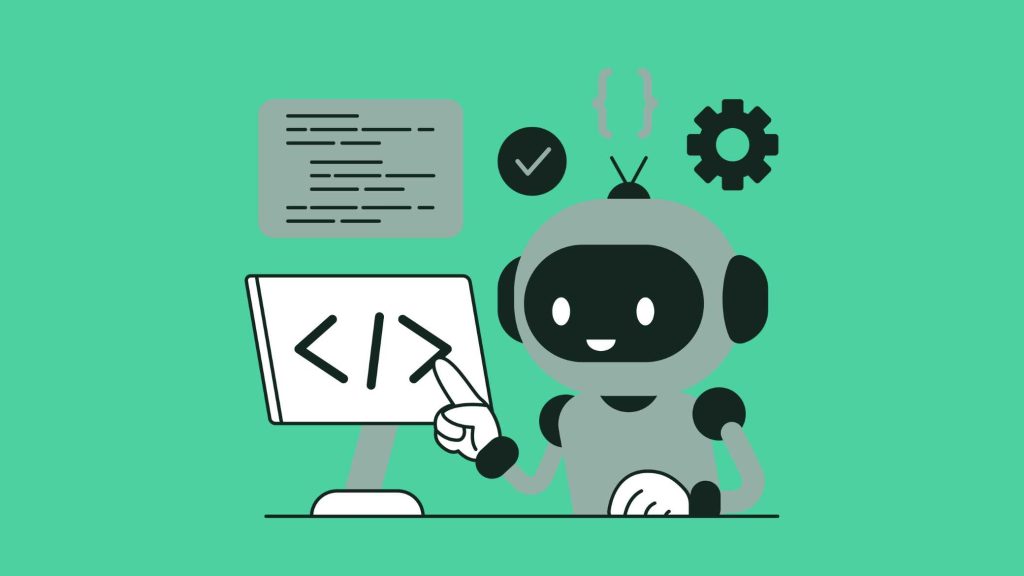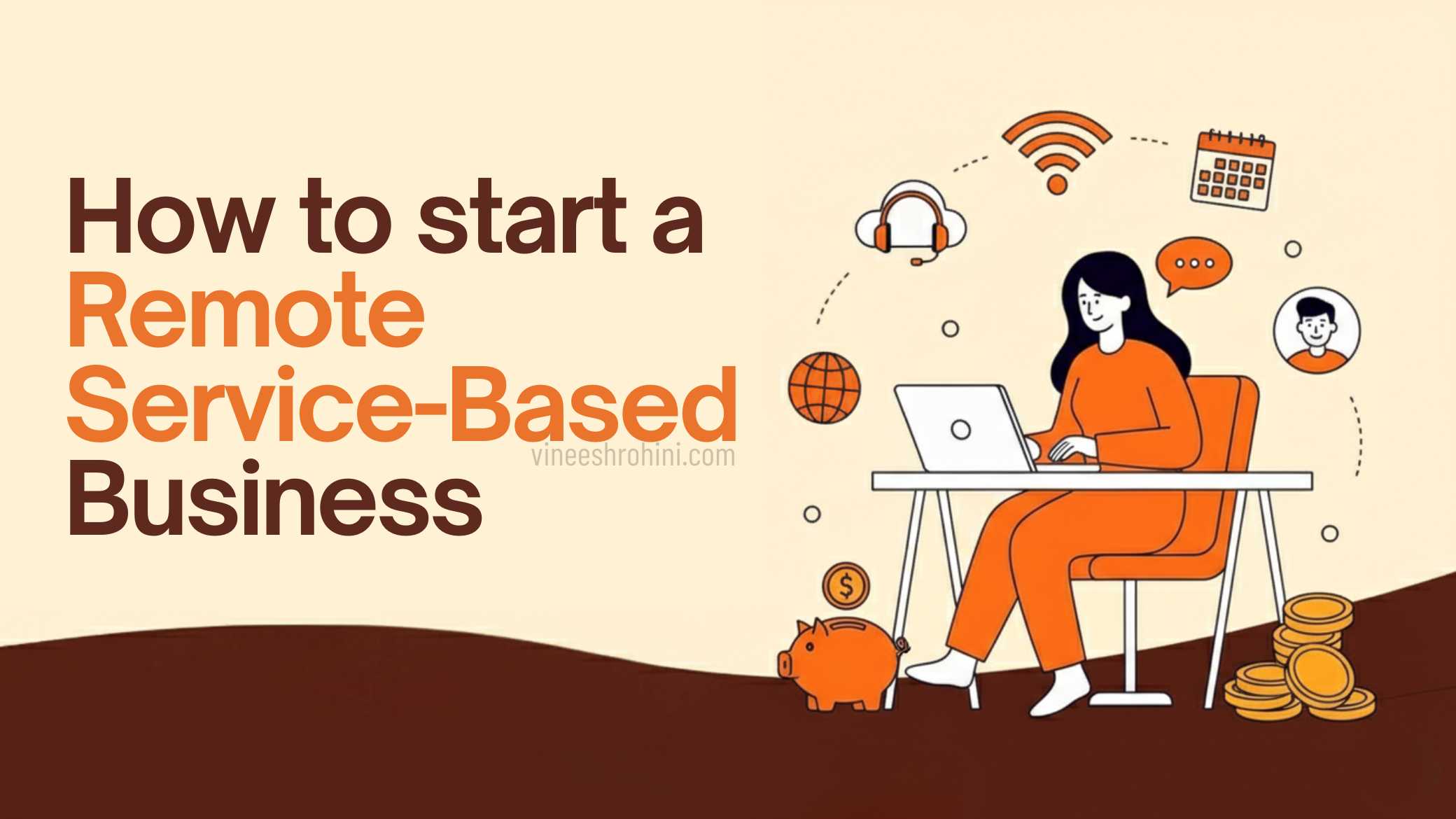Top Ecommerce Trends at the End of 2025 : A Comprehensive Guide
Top Ecommerce Trends : The ecommerce industry at the end of 2025 stands at the most transformative point of its evolution. Over the past several years, digital commerce has shifted from simple online catalogues to hyper-personalized, AI-driven, immersive ecosystems that merge technology, psychology, and consumer behaviour into the most advanced retail structure the world has ever seen. Ecommerce today is not merely about buying and selling goods online—it is about creating experiences, building trust, leveraging automation, and delivering value at every micro-moment of the purchasing journey.
Table of Contents
Customers in 2025 are more informed, more demanding, more convenience-driven, and more emotionally influenced than any previous generation of digital consumers. They expect seamless navigation, instant gratification, sustainable delivery, flexible payment options, interactive shopping journeys, personalized product recommendations, intelligent assistance, and a frictionless experience across all devices. As a result, ecommerce businesses are forced to innovate continuously to stay competitive.
In this Comprehensive guide, deeply analytical essay highlights the Top Ecommerce Trends at the End of 2025, exploring not just what the trends are, but why they exist, how they work, the technology behind them, their business implications, consumer psychology, and their long-term impact.
1. Hyper-Personalization and Predictive Ecommerce Intelligence

Hyper-personalization is the most important ecommerce trend shaping late 2025. With customer attention spans shrinking and competition rising, ecommerce brands have shifted to extremely personalized online experiences powered by AI.
A. The Evolution of Personalization
Traditional personalization relied on:
- Basic segmentation
- Simple product recommendations
- Generic email lists
But the personalization of 2025 is dramatically different. It is driven by:
- Deep learning
- Behavioural analytics
- Real-time intent detection
- Predictive intelligence
B. What Hyper-Personalization Looks Like in 2025
- Dynamic homepage changes based on user persona
- Product listings re-ordered in real time
- Recommendations influenced by micro-interactions
- AI predicting what customers will buy next
- Personalized discount levels
- Tailored search results
- Customized product bundles
- First-time visitor personalization patterns
C. Technology Behind the Trend
- Transformer-based AI models
- Reinforcement learning systems
- Predictive neural networks
- Behavioural clustering
- Multi-touch attribution modelling
D. Why Customers Expect This Now
- They want relevance within seconds
- Personalization reduces cognitive load
- It feels like a customised shopping assistant
- Saves time and boosts satisfaction
E. Business Impact
- 40–60% increase in conversions
- Higher average order value (AOV)
- Higher repeat purchase rates
- Lower cart abandonment
- Increased customer lifetime value
Hyper-personalization is no longer an optional feature. It is a strategic necessity for ecommerce survival.
Also Read : How to Scale Your Online Business to Six Figures in 2025 : A Comprehensive Guide
2. Immersive AR/VR Shopping – The New Pre-Purchase Standard
As online shopping replaces physical stores, customers crave ways to visualize products more accurately. AR (Augmented Reality) and VR (Virtual Reality) have become mainstream by late 2025.
A. AR Use Cases Evolving in 2025
- 3D try-on for apparel: outfits, accessories, footwear
- Real-time skin tone testing for cosmetics
- Interior visualization for home décor and furniture
- Spatial placement preview for appliances
- 360° product rotation with real-time zoom
B. Advanced VR Shopping Experiences
- VR supermarkets
- VR fashion runways
- Virtual malls with brand-specific stores
- VR travel and hospitality previews
C. Why AR/VR Matters Now
- Online returns are expensive
- Customer doubts decrease when they “see” items virtually
- Digital-native buyers demand immersive experiences
- AR/VR bridges physical and online shopping
D. Impact on Business
- Reduction in product returns (20–40%)
- Higher trust in online purchases
- Improved conversion rates for expensive categories
- Strong competitive differentiation
Immersive shopping is now a primary investment area for ecommerce brands.
3. Voice Commerce and Conversational AI Shopping

Voice commerce is one of the fastest-growing transactional channels of 2025. Customers prefer speaking to AI assistants rather than typing or scrolling through pages.
A. How Voice Commerce Works
Consumers now:
- Add items through voice commands
- Compare prices verbally
- Reorder daily essentials
- Ask AI bots for recommendations
- Track orders through voice
- Conduct full checkouts via smart speakers
B. Conversational AI Features in 2025
- Contextual understanding
- Emotional tone detection
- Multi-language support
- Predictive product suggestions
- Shopping history memory
- Regional accent recognition
C. Why Voice Commerce Is Growing
- Increased adoption of smart speakers
- Improved accuracy in speech recognition
- Faster than typing
- Hands-free convenience
Voice commerce is expected to account for up to 20–25% of ecommerce transactions in several categories by the end of 2025.
4. Ultra-Fast Delivery, One-Hour Logistics & Hyperlocal Fulfilment
Delivery speed has evolved from days to mere hours. Ecommerce consumers now expect:
- Same-day delivery
- 6-hour delivery
- One-hour metro delivery
- Micro-delivery slots
A. Logistics Advancements in 2025
- AI-powered route optimization
- Robotic fulfilment centres
- Drone delivery pilots
- Autonomous delivery bots
- Dark store expansion in every major city
- Local warehouse mirroring
B. Why Customers Expect Faster Delivery
- High dependency on ecommerce
- Lower patience thresholds
- Competitive benchmarking
- Instant gratification culture
C. Business Benefits
- Higher sales volume
- Improved customer loyalty
- Strong competitive positioning
Delivery speed is now a major ecommerce differentiator.
Buy Now : Online Jewellery Shopping Website
5. Social Commerce and Creator-Led Ecommerce Expansion
Social media platforms have transformed into shopping destinations. Products are discovered, evaluated, and purchased within the same app.
A. Major Social Commerce Channels in 2025
- Social medias
B. Powerful Social Commerce Features
- One-click in-app checkout
- Live shopping sessions
- Influencer storefronts
- Shoppable video ads
- Real-time product reviews
- AI-generated style suggestions
C. Why This Trend Dominates
- Trust in creators and influencers
- Seamless experience with no redirection
- Visual-first content drives faster buying decisions
Social commerce contributes a major portion of fashion, beauty, and lifestyle ecommerce revenues.
6. Subscription Commerce, Loyalty Memberships & Predictive Replenishment
Subscription-based ecommerce skyrocketed by 2025 due to rising demand for convenience and predictability.
A. Subscription Categories With High Growth
- Grooming kits
- Fitness and wellness
- Consumables
- Groceries
- Beauty products
- Learning services
B. Predictive Replenishment in 2025
AI predicts usage cycles and auto-ships replenishment products. For example:
- Toothpaste every 45 days
- Protein powder every 30 days
- Pet food every 20 days
C. Why Subscriptions Matter
- Reduced purchasing effort
- Guarantee of stock availability
- Cost savings
- Personalized boxes create delight
Subscription commerce stabilizes revenue and increases customer retention.
7. Sustainability, Ethical Retail & Eco-Commerce
Modern consumers strongly prefer environmentally responsible brands.
A. Sustainable Ecommerce Practices in 2025
- Biodegradable packaging
- Refill stations
- Minimalist packaging
- Take-back programs
- Carbon-neutral shipping
- Transparent supply chain tracking
- Waterless product formulations
B. Reasons for Rising Consumer Awareness
- Climate change awareness
- Government regulations
- Ethical consumption habits
- Pressure on brands from social movements
Sustainability is now a brand expectation, not a differentiator.
8. AI Automation in Ecommerce Operations (The Invisible Workforce)

AI is now deeply embedded across ecommerce operations.
A. Areas Dominated by AI Automation
- Product categorization
- Auto-generated descriptions
- Price optimization
- Inventory forecasting
- Warehouse robotics
- Fraud detection
- Sentiment analysis
- Customer service automation
B. Business Impact
- Lower costs
- Faster backend operations
- Higher accuracy
- Reduced human error
AI has become the invisible backbone of modern ecommerce systems.
9. BNPL, Microcredit & Flexible Payment Innovations
Buy Now Pay Later continues its explosive growth in 2025.
A. Why BNPL Is Popular
- No credit card needed
- Low or zero interest
- Finance-friendly lifestyle
- Instant approval
B. New Payment Innovations Emerging
- Crypto payments
- Web3 wallets
- Instant zero-fee transfers
- AI-managed spending limits
Flexible payment options reduce hesitation during checkout and increase conversion rates.
Buy Now : Online Jewellery Shopping Website
10. Rise of Direct-to-Consumer (D2C) and Niche Micro-Brands
D2C brands have become global powerhouses.
A. Reasons for D2C Explosion in 2025
- Easier brand building through social media
- Low entry barriers
- Affordable digital ads
- Community-driven loyalty
B. Micro-Brand Strengths
- Serving highly specific niches
- Strong storytelling
- Personal brand-led marketing
- Higher authenticity
D2C empowers small brands to compete with traditional giants.
11. Live Commerce – Entertainment Meets Shopping
Live commerce has become one of the most engaging ecommerce formats.
A. Key Features
- Live product demonstrations
- Real-time Q&A
- Limited-time offers
- Influencer hosting
- Community chat features
B. Why Live Commerce Converts So Well
- Builds trust
- Reduces uncertainty
- Creates urgency
- Enhances product understanding
Live commerce is especially powerful in beauty, gadgets, and fashion.
12. AI-Powered Customer Service & Conversational Commerce

Customer support has evolved from reactive to proactive.
A. AI Customer Service Capabilities
- Real-time order updates
- Smart returns and refunds
- Emotional tone detection
- Automated troubleshooting
- Personalized solutions
B. Impact
- Faster response time
- Lower operational cost
- Improved customer satisfaction
AI is now the first point of contact for most customer interactions.
13. Headless Ecommerce Architecture
Headless commerce gives brands total freedom to build custom experiences.
A. Benefits
- Faster load times
- Greater creative flexibility
- Scalable across multiple devices
- Improved SEO
B. Applications
- Mobile apps
- Wearable devices
- Smart fridge ordering
- Voice-based shopping
Headless architecture is the chosen framework for modern ecommerce scaling.
14. Omnichannel Ecosystems (Seamless Online + Offline Integration)
Omnichannel practices ensure consistency across all touchpoints.
A. Core Features
- Click-and-collect
- Ship from store
- Universal cart
- Cross-device checkout
- In-store app-based scanning
B. Why Omnichannel Wins
- Reduces friction
- Builds trust
- Aligns with modern shopping behaviour
Consumers in 2025 expect a unified shopping journey, not separate channels.
15. Blockchain-Based Ecommerce for Transparency and Trust
Blockchain improves transparency, authenticity, and security.
A. Applications
- Authenticity certificates for luxury goods
- Tamper-proof supply chain logs
- Traceability for food & medicine
- Decentralized loyalty points
B. Benefits
- Higher consumer trust
- Fraud prevention
- Lower transaction risks
Blockchain ensures integrity in ecommerce systems.
Conclusion: Ecommerce at the End of 2025 and Beyond

The end of 2025 represents the dawn of a new retail era—one defined by hyper-personalization, immersive shopping environments, technological sophistication, trust-driven commerce, lightning-fast delivery, and deep customer-centric innovation. Ecommerce is no longer a transactional process; it is an intelligent, interactive ecosystem shaped by data, emotions, and technology.
Brands that succeed will be those that:
- Embrace AI
- Prioritize customer experience
- Invest in immersive technologies
- Support sustainable retail
- Build community-driven ecosystems
- Offer convenience at every touchpoint
The future of ecommerce is shaped by innovation—and the businesses that adapt early will define the next decade of retail.
Buy Now : Ready Made Digital Store with 100 Products
Disclaimer : This content is for informational and educational purposes only. It should not be considered business, financial, or legal advice. Readers should evaluate information based on their own research and discretion.
Keywords : Top Ecommerce Trend – Top Ecommerce Trends – Top Ecommerce Trend 2025



